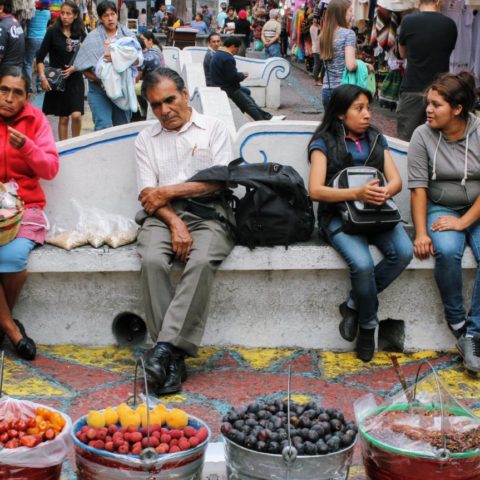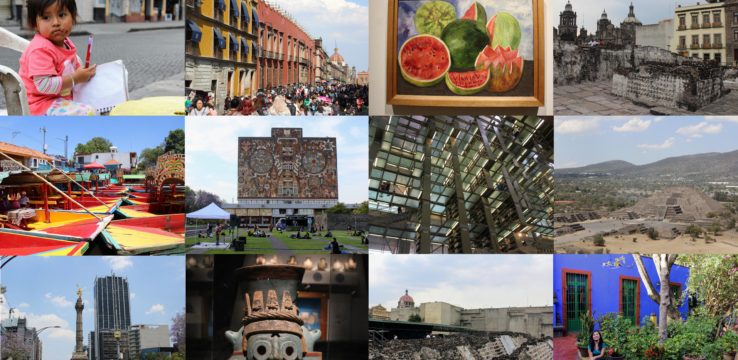Are you planning a trip in Mexico? Traveling in Mexico is an experience you are unlikely to forget. We came to Mexico, knowing nothing of the place and the people. I remember the first weeks – this exhilarating feeling of discovery, the smell of corn tortillas, the sound of ranchera music around us. Worry about safety quickly gave away to sensible precaution. It’s hard to stay alert when all you see around you is hardworking, courteous, humble people. The level of aggression in public spaces is incredibly low. We simply haven’t seen anyone being rude to anyone. No one has ever tried to take advantage of us, no one treated us differently just because we are foreigners.
Jalisco, Yucatán, Quintana Roo, Guanajuato, Puebla and finally Distrito Federal, better known as Mexico City. Six months, six states, twenty or so cities, dozens of pyramids, churches too many to count, churches on top of pyramids, churches built from the stones of the pyramids. And people, and music, and food. Are you ready to fall in love? Vámonos!
Guadalajara, Jalisco
As an introduction to Mexico, Guadalajara is as good as it gets. Some of the most recognizable elements of Mexican identity originate from Jalisco: tequila, ranchera music and of course the mariachi. As the city with which our Mexican love story has begun and where we made our first Mexican friends, it holds a special place in my heart.
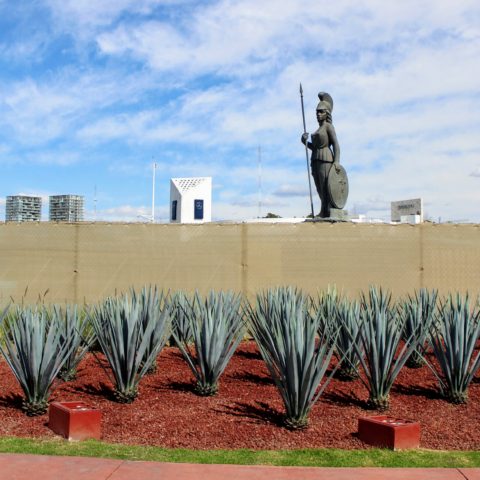
6 Faces of Guadalajara – Discovering Mexico Overlooked By Tourists
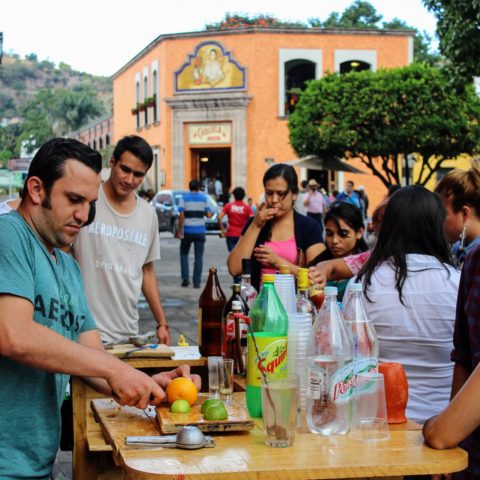
Tequila, a Small Town with a Big Name
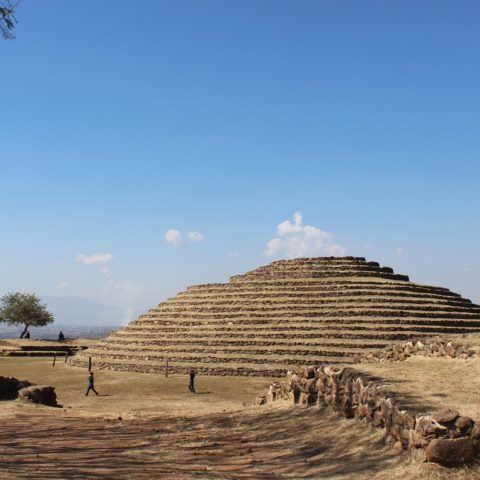
Guachimontones – World’s Only Circular Pyramids Near Guadalajara
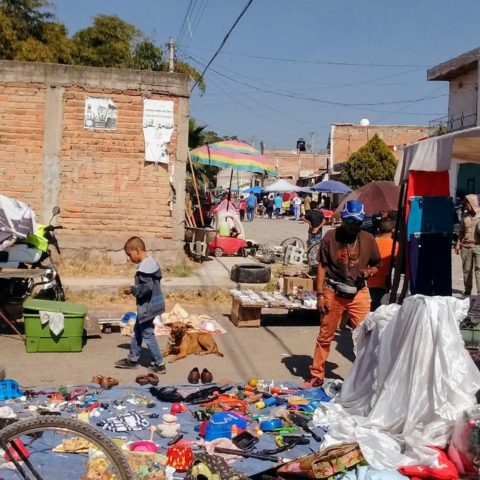
How a Charity from Kansas Helps the Children of Guadalajara Break the Poverty Cycle
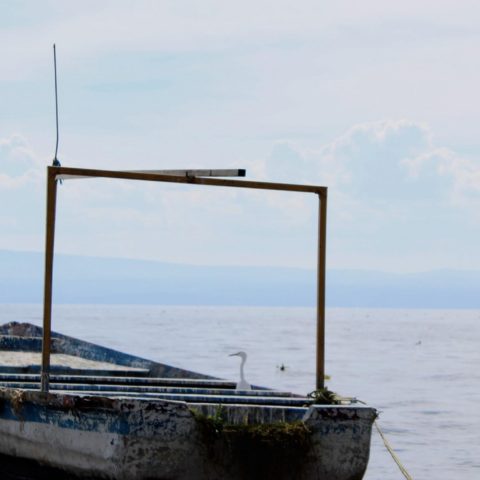
Lake Chapala, Where Expats, Pelicans and the Dead Are Neighbours
Puerto Vallarta
Five hours on a winding road from Guadalajara to Puerto Vallarta, and you are suddenly in tropics, surrounded with coconut palms, endless lush green and the warm embrace of the Pacific Ocean. Pristine beaches, pelican colonies and small villages accessible only by water wait those willing to venture a little further way.
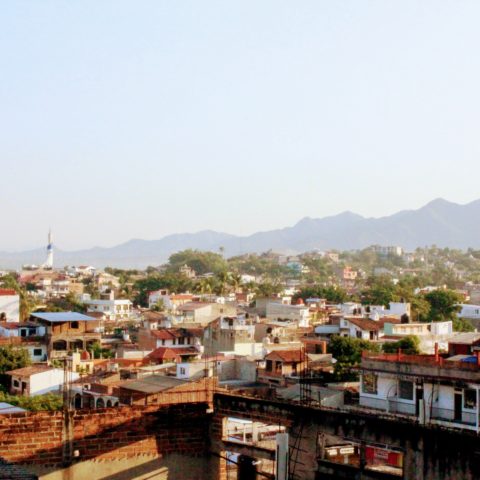
Puerto Vallarta, Where We Find Ourselves in Tropical Mexico
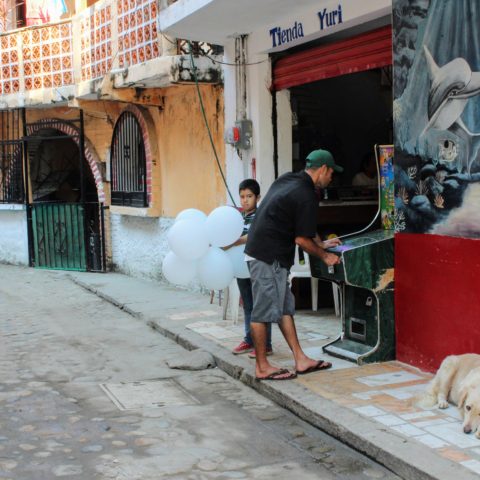
Yelapa, Where There Are No ATMs, No Police and No Worry
Yucatan
Ancient Maya pyramids and sacred cenotes, colonial cities and indigenous villages where Mayan is spoken to this day, white sands and turquoise waters of the Caribbean, underground rivers and freshwater caves. And of course the unique Yucateco cuisine. It’s all here on the Yucatan peninsula.
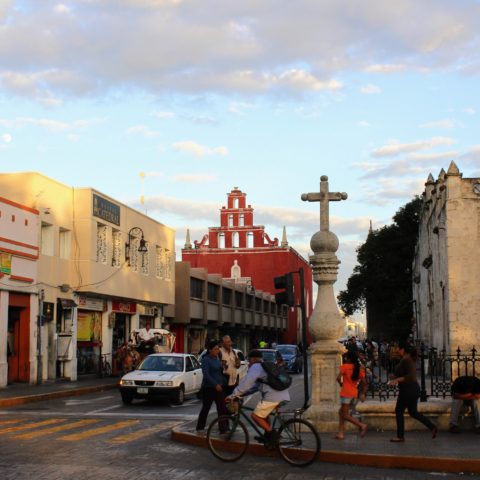
Merida, The Colonial Capital in the Land of the Maya
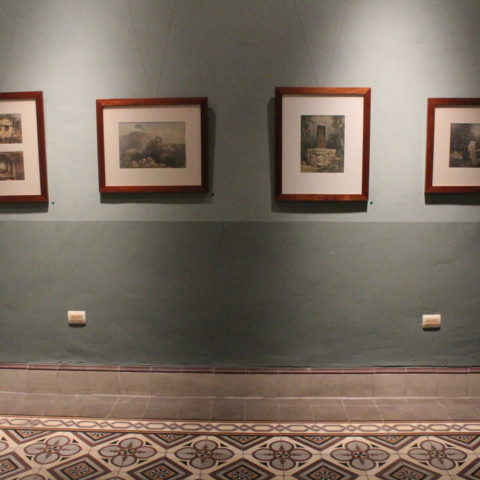
The 4 Hidden Gems of Merida
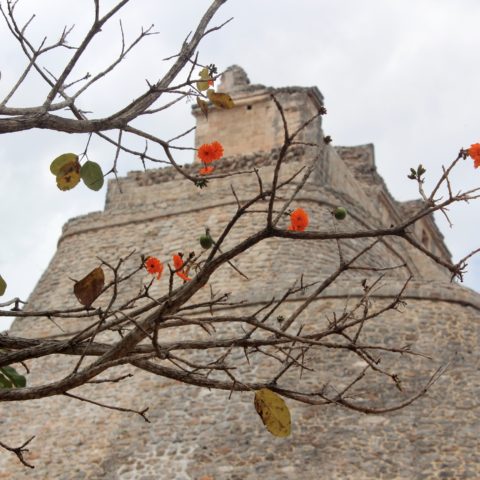
Uxmal, The Ancient Maya City You Have To See to Believe
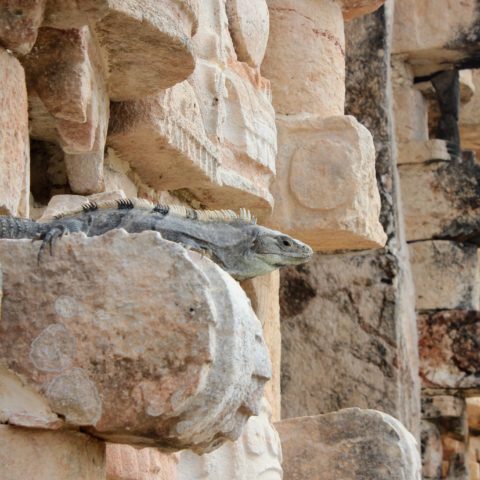
Kabah, A Maya City Where Iguanas Outnumber Visitors
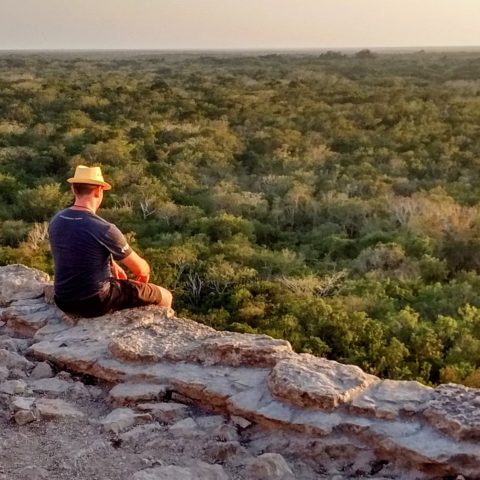
On The Road in Yucatan: Colonial Valladolid and Mayan Coba

White Sands, Mayan Ruins and Underground Rivers: One Day on the Caribbean in Yucatan
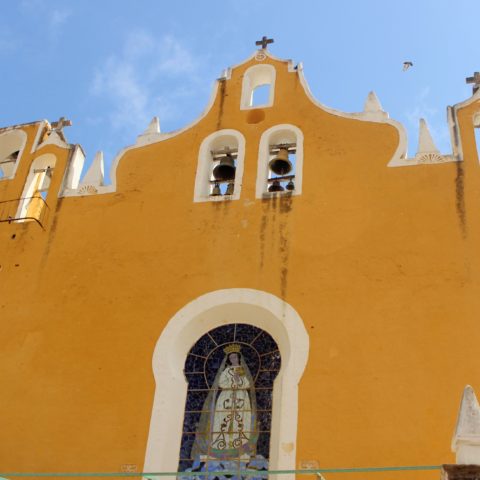
Yucatan Less Traveled: Yellow Izamal and Cenotes of Homun
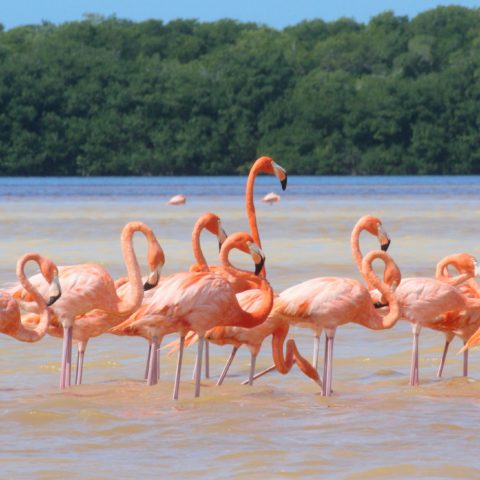
Celestun – Flamingos and Mangroves on the coast of Yucatan
Guanajuato
The baroque, expat-favorite San Miguel de Allende. Guanajuato, an exquisitely beautiful university city, that at one time provided 40% of world’s silver. Dolores Hidalgo – the birthplace of Mexican Independence. And Queretaro, maybe the most underrated city on the tourist map of Mexico. All that bounty, just a few hours drive north of Mexico City.
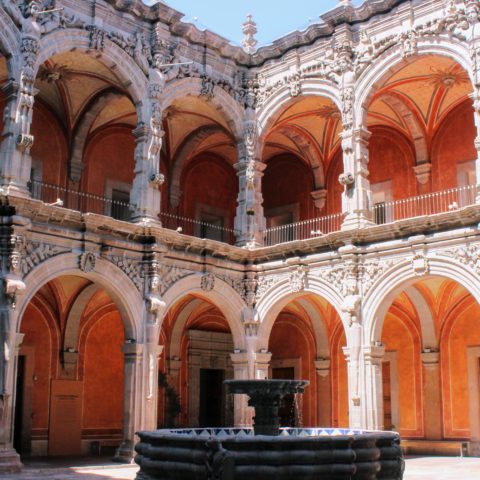
Queretaro, Probably The Most Underrated City in Mexico

San Miguel de Allende – A Beautiful Baroque City That Lacks Only One Thing

Dolores Hidalgo, The Birthplace of Mexican Independence
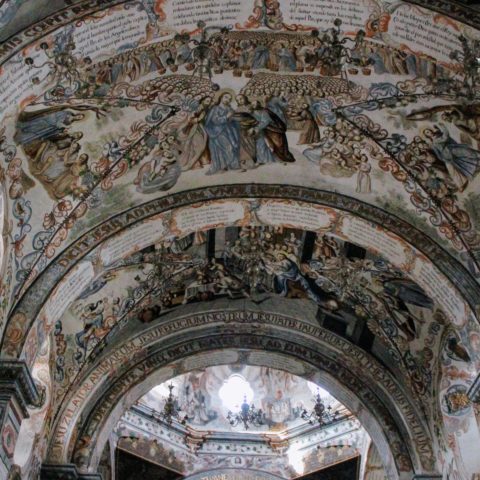
Sanctuary of Atotonilco, the “Sistine Chapel of Mexico”
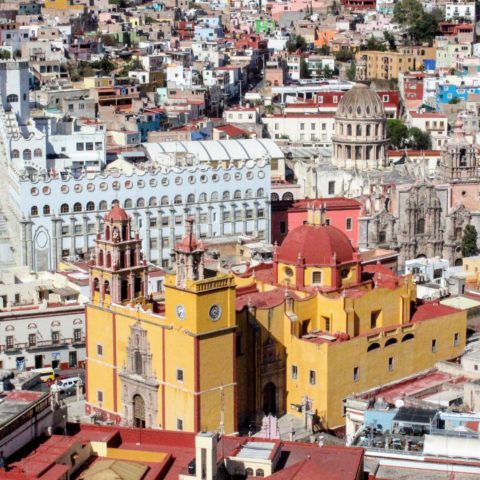
Guanajuato, Maybe The Most Abundant City in Mexico
Mexico City
If an alien anthropologist would have landed on Earth and could visit only one city to learn about us, he would probably go to Mexico City. Walking its streets is traversing our story as humanity. The magnitude and scope of what it is here is breathtaking. There is a frigging pyramid in the center of city. Templo Mayor is not one, but actually seven pyramids folded into each other. The city has a street originally layed-out by the Aztecs, making it the oldest street on the content. It has artificial islands built in the 13th century, a China Town and a quarter where orthodox Jews live and pray. It has youth sub-cultures that wouldn’t shame Berlin.
It’s often said that Mexico City is different from the rest of the country: much more cosmopolitan, liberal, a “world city”. But it’s also an amplifier of everything that is Mexico: an atomic reactor that splits, fuses and energizes the country.
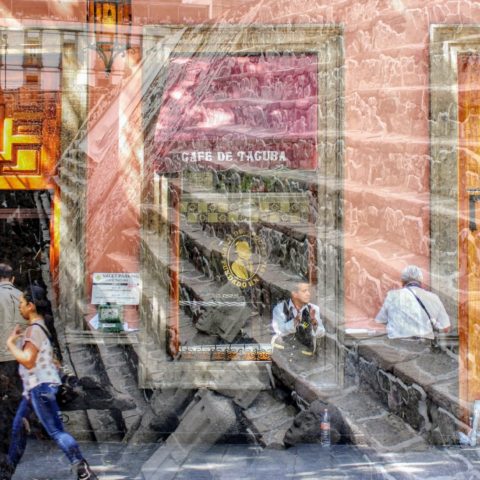
From Aztec Pyramids to Mexican Rock On the Oldest Street of Mexico City
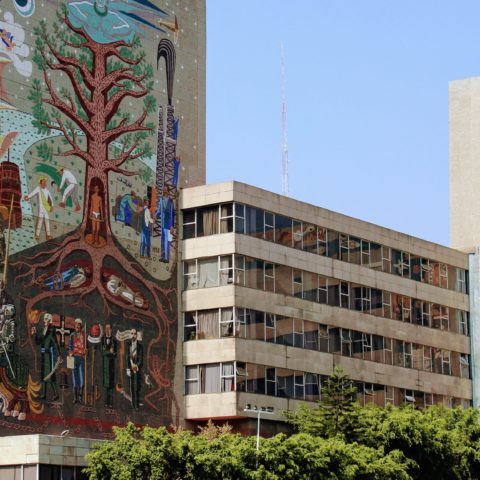
Must See of Mexican Muralism: Tracking Mexico City’s Best Murals
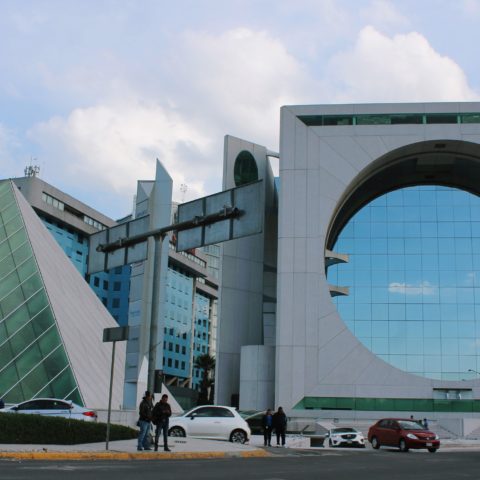
Modern Architecture in Mexico City – 5 Buildings Not to Miss
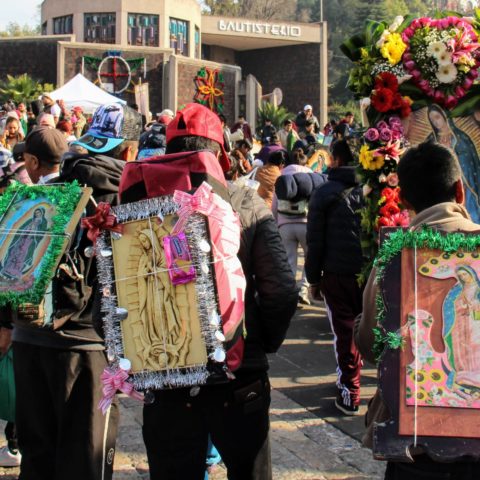
The Brown Lady of Mexico and her Devotees – Meeting Pilgrims on the Day of the Virgin of Guadalupe
Puebla
